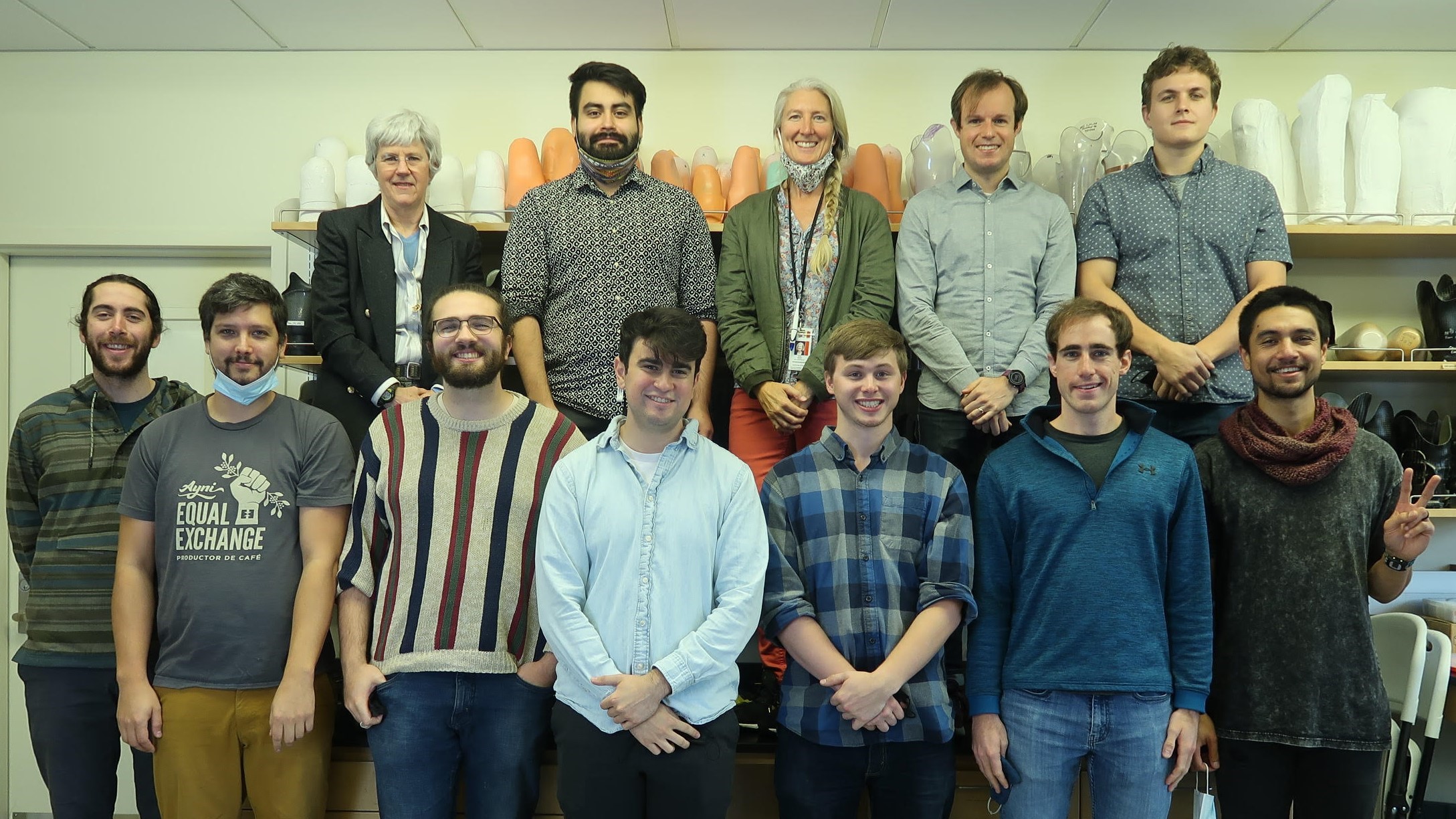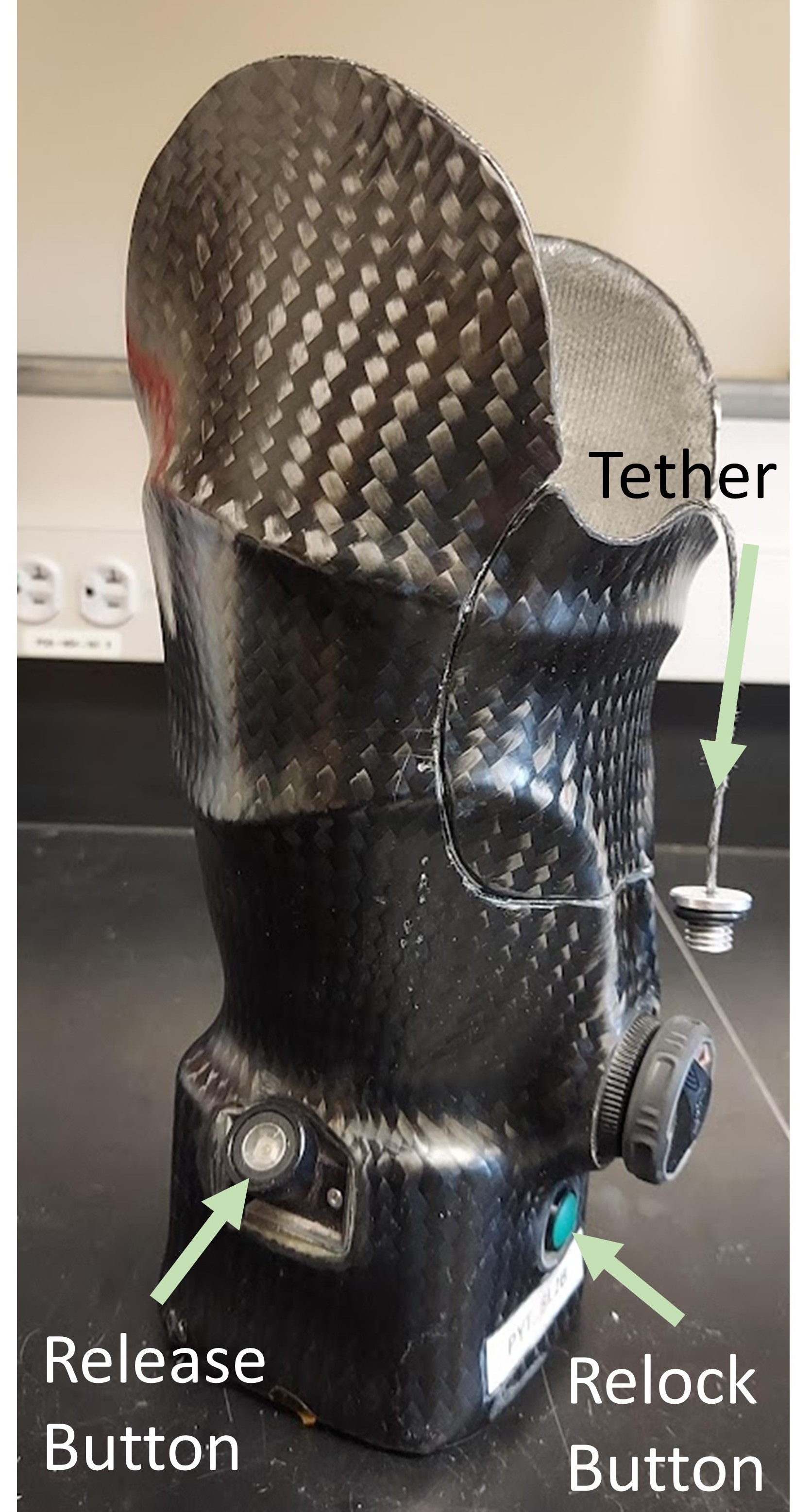Peer Reviewed Orthopaedic



Posted April 11, 2023
Joan Sanders, Ph.D., University of Washington
 Dr. Joan Sanders
Dr. Joan Sanders University of Washington
(Photo Provided)
For people who have had a lower limb amputation, the prosthetic socket, a custom-built interface between their residual limb and their prosthesis, is the most important consideration for comfort and fit. The volume of the residual limb fluctuates and often reduces after connection to the prosthesis for an extended period. The resulting discomfort at the prosthetic socket interface negatively affects the individual’s ability to perform daily living activities while using the prothesis. A typical accommodation is the addition of prosthetic socks to cushion the socket, but these have been found to further reduce residual limb volume. Other interventions include use of an elevated vacuum system to self-manage limb volume, but that has proven highly susceptible to air leaks, resulting in inconsistent relief for users.
 Joan Sanders, Ph.D. with her research team
Joan Sanders, Ph.D. with her research team (Dr. Sanders is top row, first one on the left) (Photo Provided)
Using a Fiscal Year 2017 (FY17) Peer Reviewed Orthopaedic Research Program Clinical Translational Research Award,
 Figure 1: TARPIN (To
Figure 1: TARPIN (To Dr. Sanders’ team designed and assembled the electromechanical hardware required for the TARPIN system, including an innovative motorized pawl and ratchet mechanism that quickly pulls in the tether tight for donning, and a solenoid release system that releases the tether for extension during doffing. Custom firmware written on a microcontroller executes the control system algorithms that operate the TARPIN. While either sitting or standing, users can don the prosthesis, push the draw button on the posterior aspect of the socket, and have the motor subsequently draw the residual limb and liner into the prosthesis. To partially release the socket, users push the release button on the side of the socket only once. The convenience of this mechanism makes it easy for users to relieve pressure and allow restoration of residual limb volume. Sensors within the unit track and store tether length, and an instrumented ratcheting dial records socket-size adjustments. These data will inform users’ prosthetists, so they may assess their patients’ activity and implementation of the release-relock system.
The system was tested under controlled conditions in the laboratory by 16 participants with a below the knee amputation, and all successfully operated the TARPIN system and instrumented dial using one hand. The time to execute the actions, partial socket release and socket relock, was two seconds or less for all participants. The subjects successfully performed sit-and-walk testing cycles and successfully recovered limb fluid volume during 4 or 10-minute releases during sits, which confirmed the system’s efficacy. Fourteen individuals also tested the TARPIN device at home for two weeks and successfully implemented the system during daily living activities. Currently, the system runs for at least two days on a single battery charge, though in the future implementing power management strategies on the microcontroller should extend this time to a week or more.
Dr. Sanders was awarded a related FY18 Orthotics and Prosthetics Outcomes Research Program Clinical Research Award to test the performance of a microprocessor adjustable socket that is comprised of three adjustable panels to maintain optimal prosthetic fit. For this award, Dr. Sanders and her team utilized an accommodation system that adapts to the user’s changing limb volume in response to sensor data from within the socket. Based on the successful testing of both systems, during in lab testing and take-home use, individuals with a lower limb amputation may soon have an option for a prosthetic socket that easily adjusts to accommodate residual limb volume fluctuation and decreases discomfort throughout the day.
Publications:
Gurrey CJ, Garbini JL, Bennet SP, et. al. 2021. Socket Release/Relock: An Innovative Mechanism to Maintain Residual Limb Volume. Medical Engineering and Physics,
Links:
Public and Technical Abstracts: A Release/Relock Socket to Enhance Volume Management and Facilitate Patient Self-Care
Public and Technical Abstracts: Do Adaptable Sockets Improve Military Performance?
Last updated Monday, April 10, 2023














